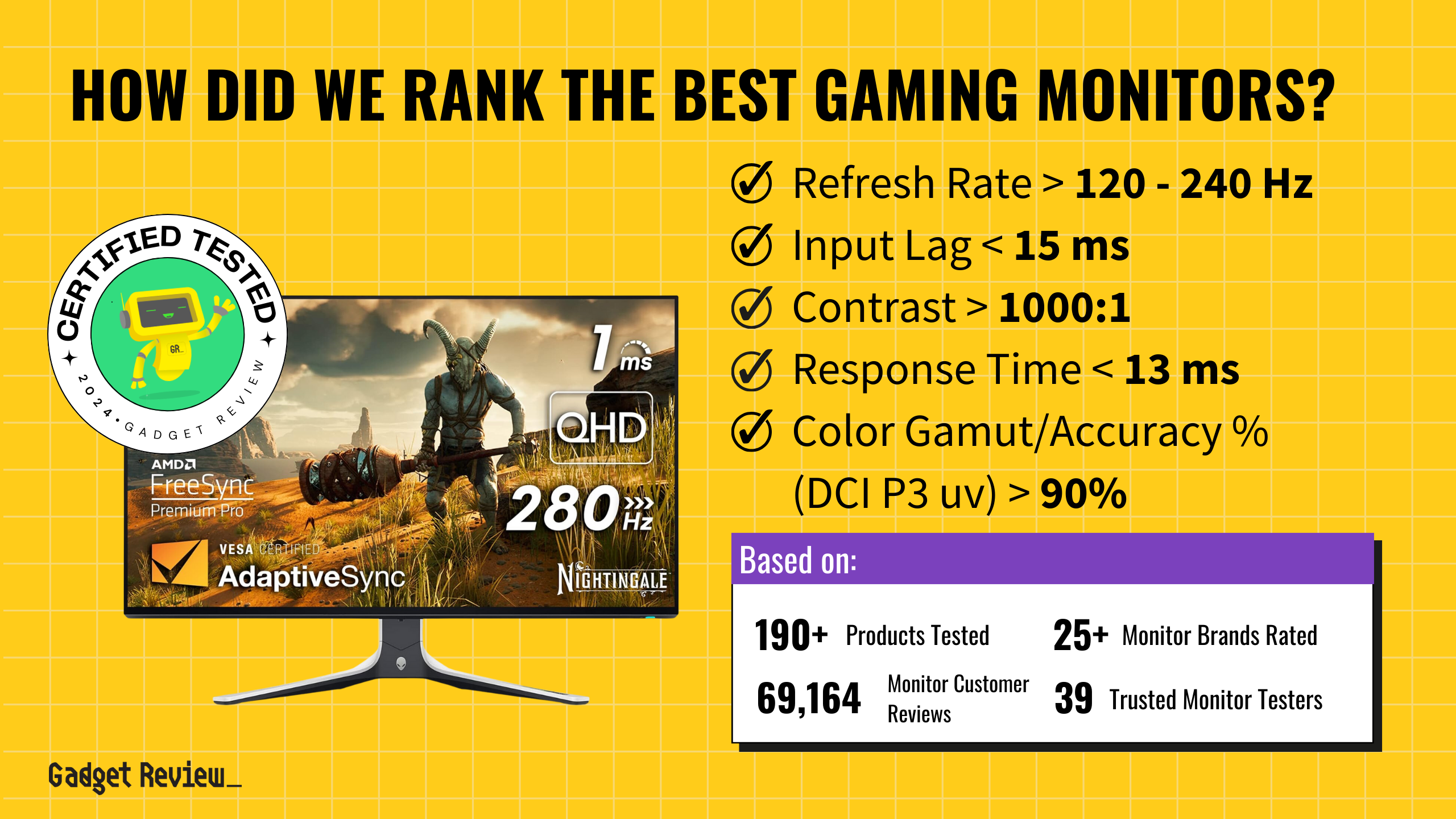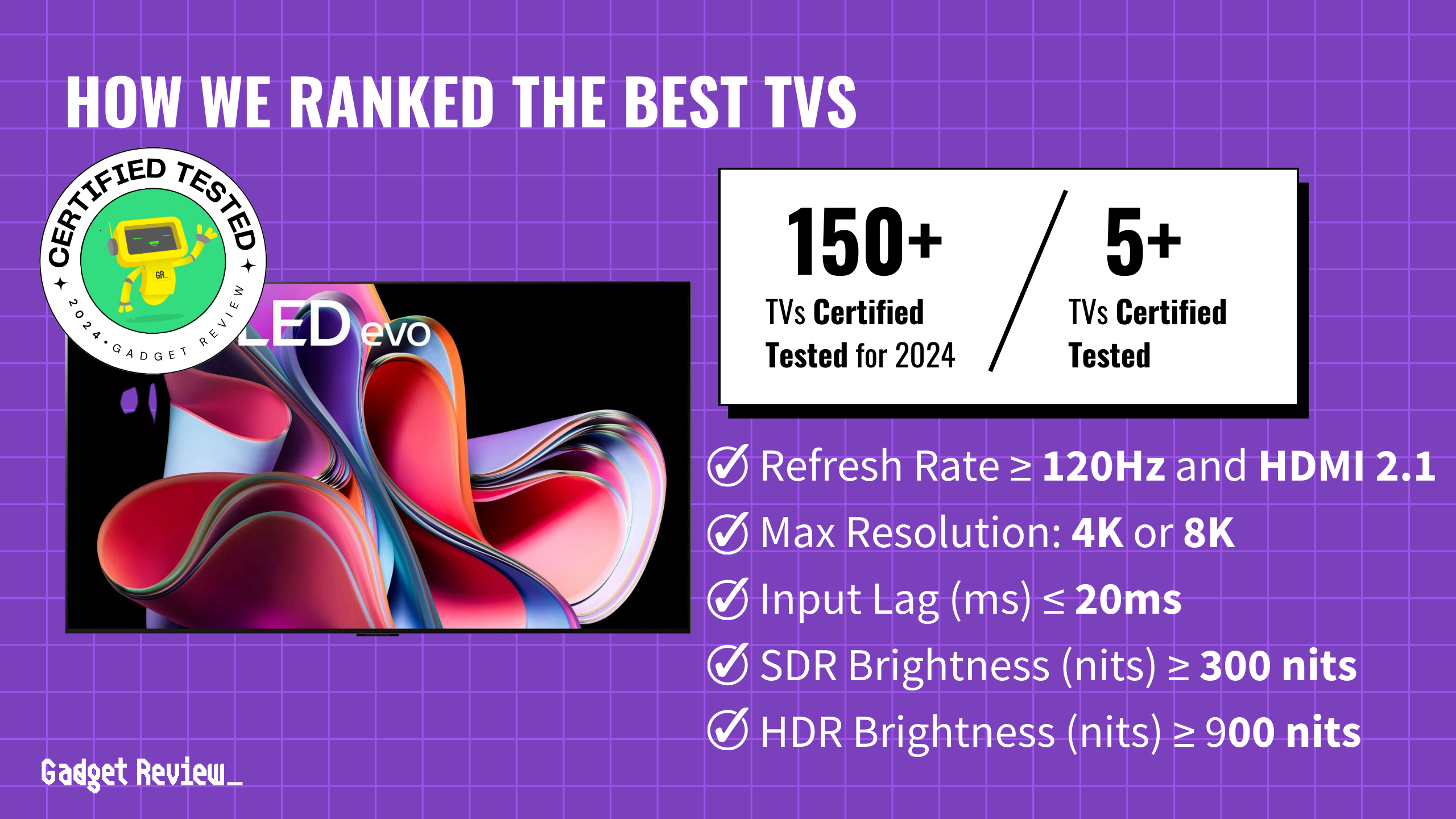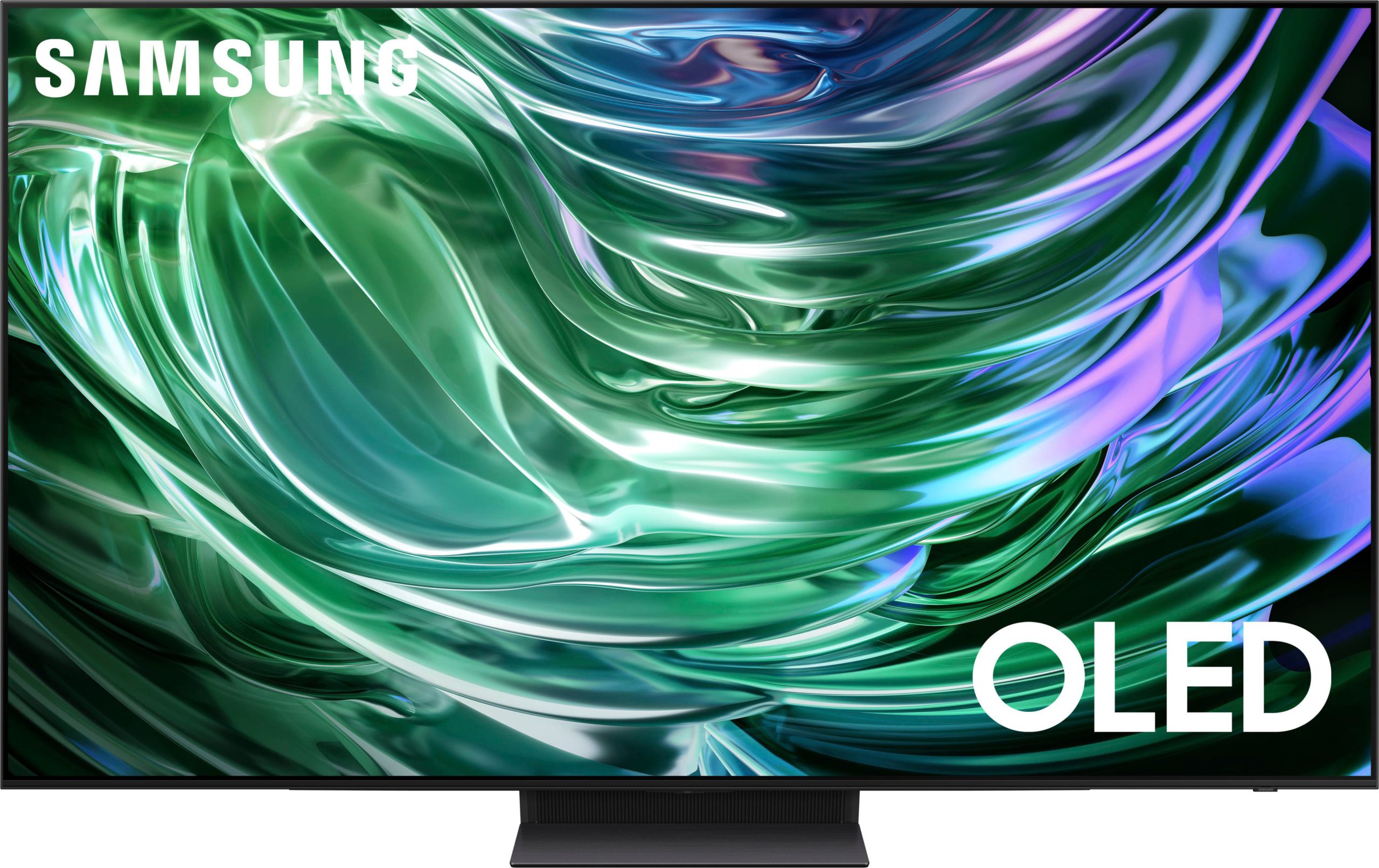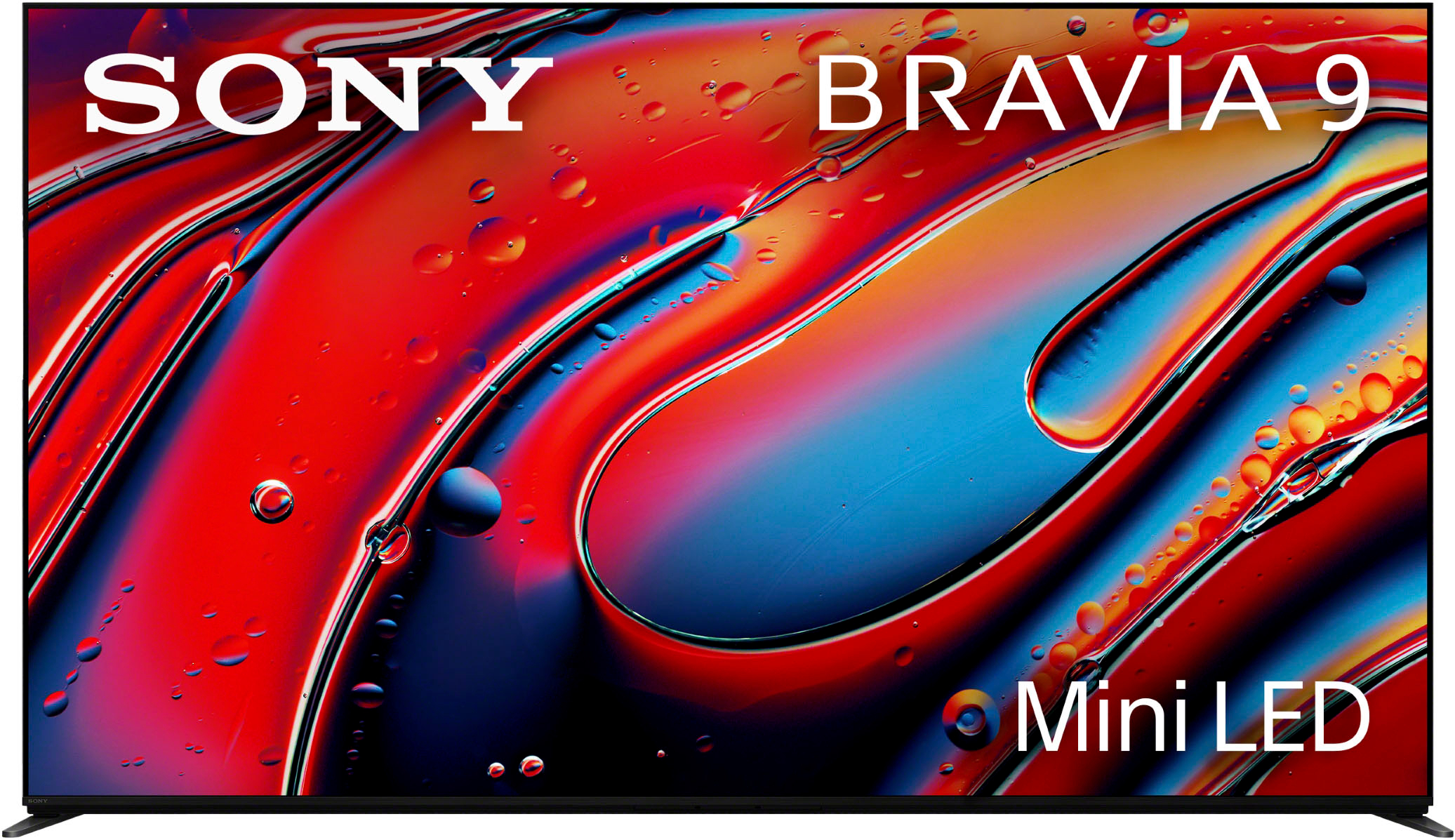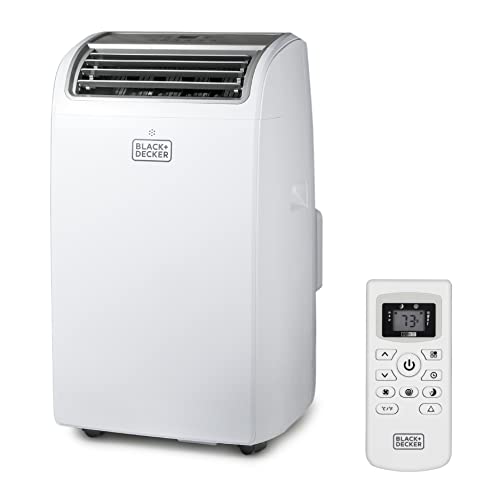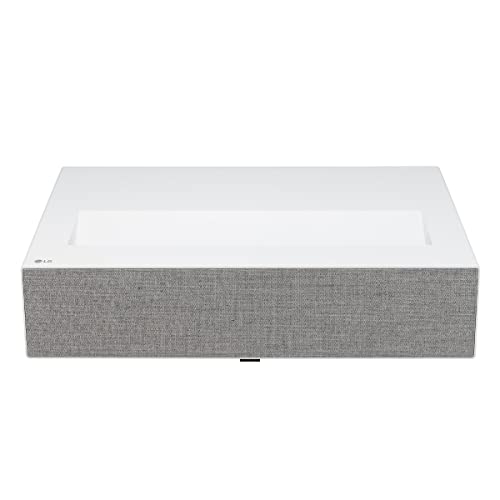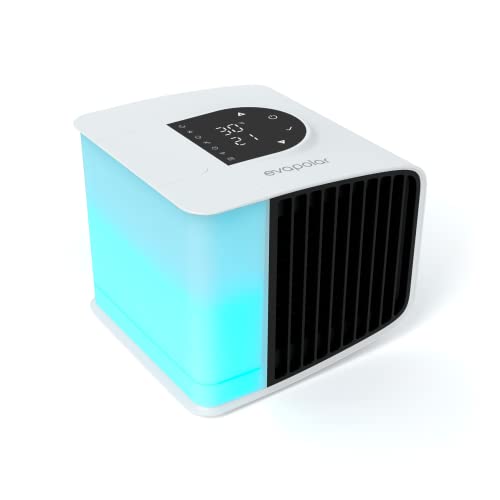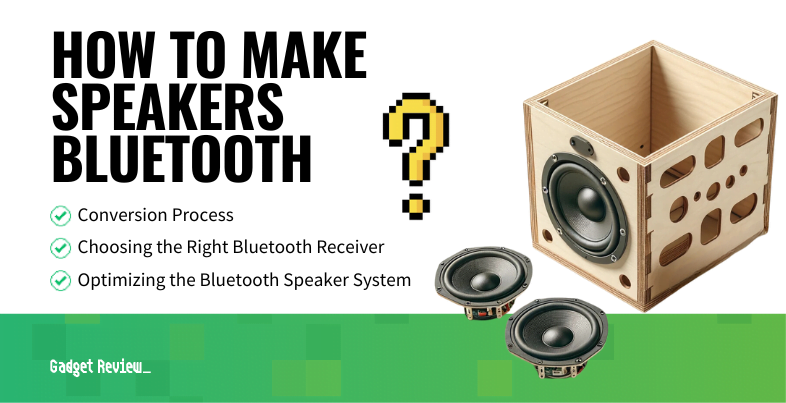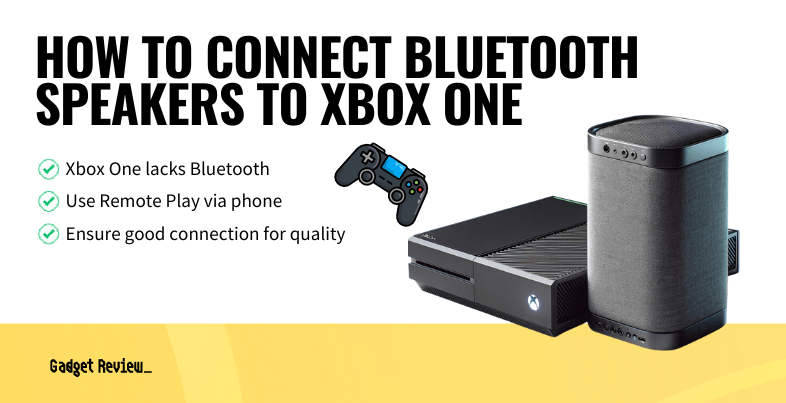Remember when a simple rock became America’s most pampered pet? In 1975, Gary Dahl transformed ordinary stones into a million-dollar phenomenon by packaging them in cardboard boxes with air holes. These Pet Rocks came complete with training manuals and certificates of adoption. Perfectly capturing the decade’s blend of humor and consumerism, they proved that clever marketing could sell anything.
Now discover 25 other forgotten fads that defined the groovy seventies.
26. Clackers
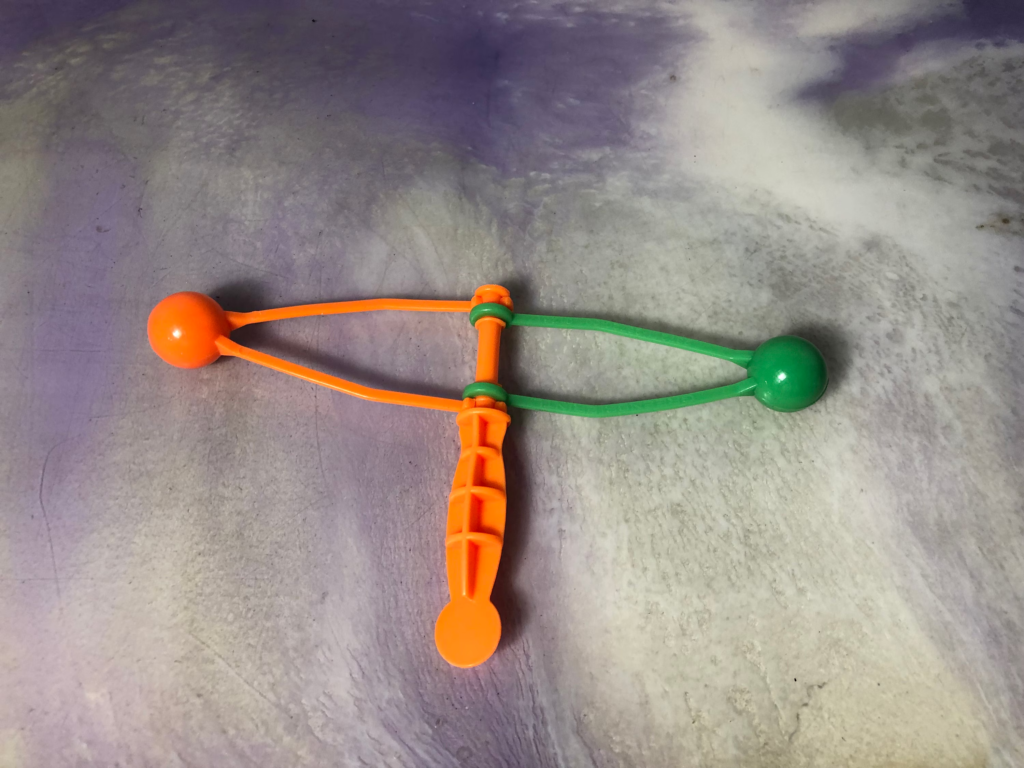
During the 1970s boom, Clackers captured schoolyards with their rhythmic appeal. Connected by a string, these acrylic spheres produced distinctive sounds through collision. Over 2 million units were sold before safety concerns emerged. The incident reshaped toy safety regulations nationwide.
25. Macrame
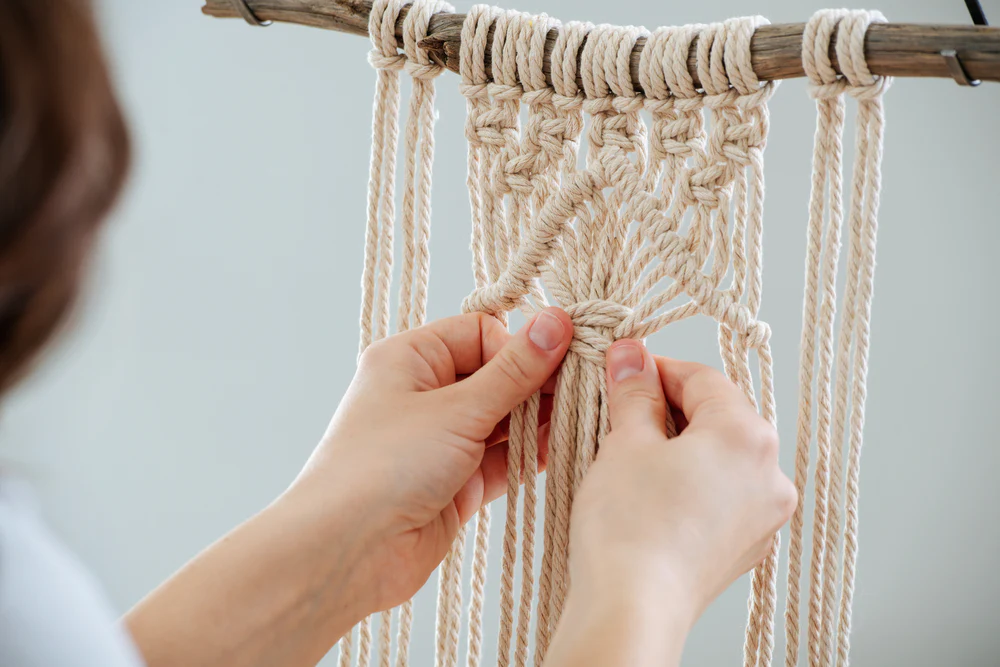
Macramé retail sales grew to $12 million by 1976. Craft stores reported cord sales increases through regional distribution. Hobby groups nationwide adopted knotting techniques. This grassroots movement pioneered the modern DIY craft industry.
24. Streaking

Streaking captivated media attention starting in 1973. Major events, from the Academy Awards to college campuses, experienced these unexpected displays. Ray Stevens’ hit song reached Number 1 on Billboard in April 1974. The protests redefined boundaries between public expression and social norms.
23. Leisure Suits
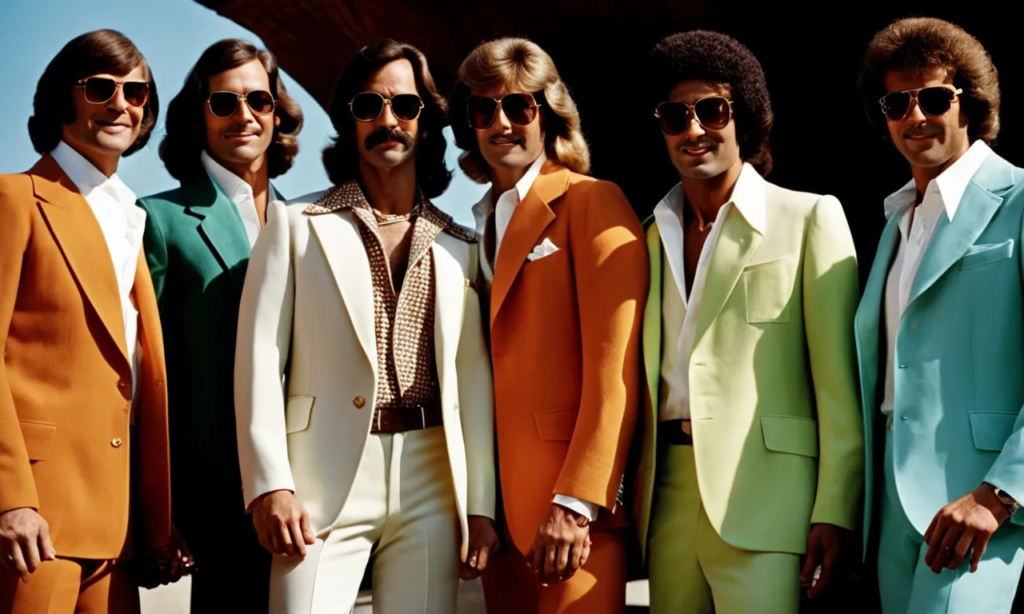
Polyester leisure suits defined 1974-1977 fashion trends. The matching jacket-pants combination offered comfort and style for casual settings. Over 1.5 million units sold during peak production years. The style revolution permanently altered American business dress codes.
22. CB Radio
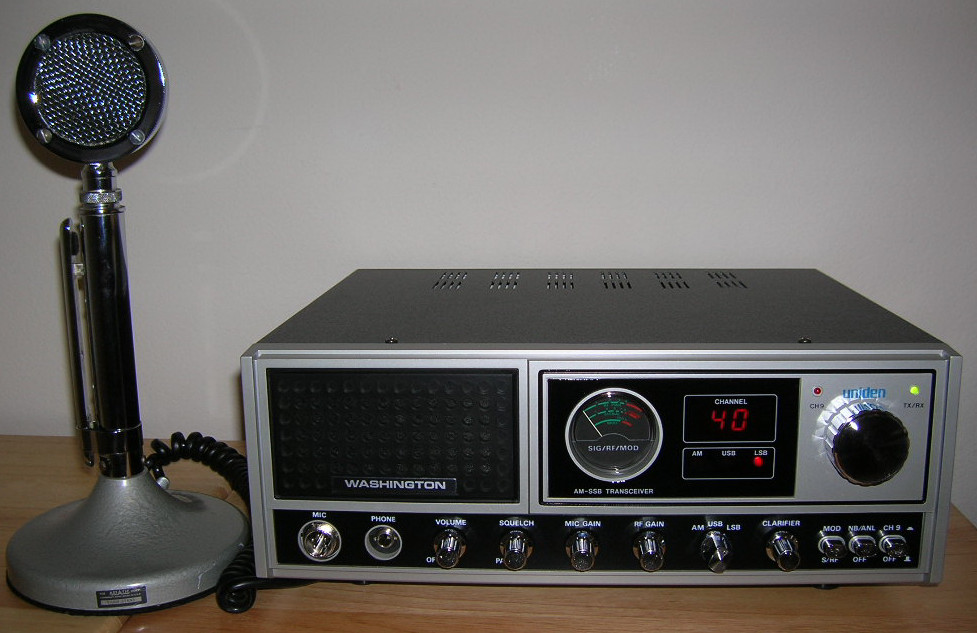
CB radio usage increased 250% after the film Convoy’s release. Emergency channels connected 3.5 million drivers. Equipment sales peaked at 25 million units by 1977. This network laid the groundwork for modern crowdsourced traffic information.
21. Hustle Dance
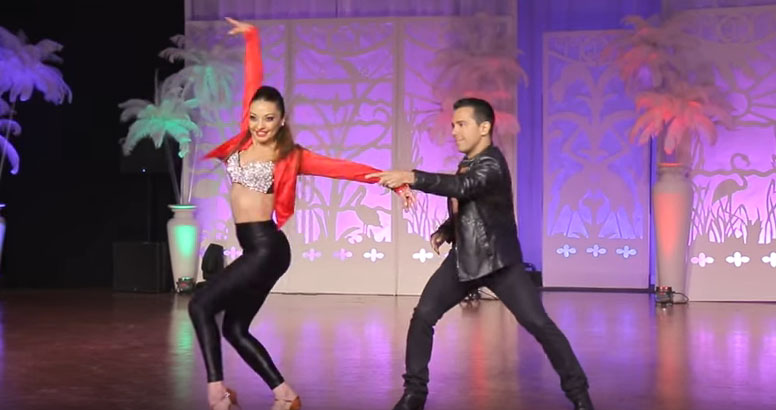
“The Hustle” sparked nationwide dance participation in mid-1975. Van McCoy’s hit spent 20 weeks on Billboard charts. Dance studios reported 250% increase in attendance. This standardized format revolutionized group dance instruction.
20. Zany Local TV Commercials
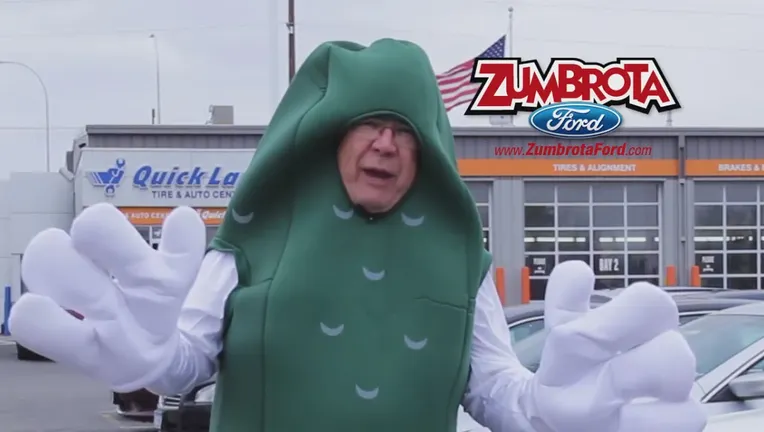
Regional TV advertising reached $225 million by 1977. Small businesses created distinctive marketing personalities. Station revenue relied on local commercial production. Regional personalities achieved immortality through YouTube archives.
19. Gee Your Hair Smells Terrific
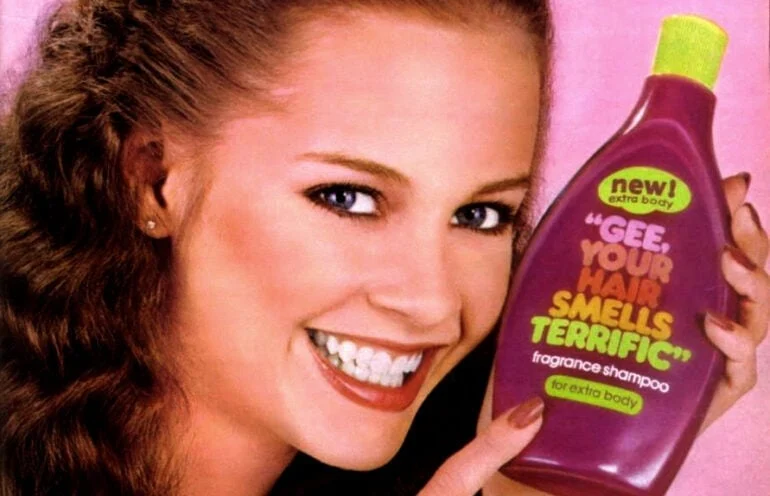
The Andrew Jurgens Company achieved 12% market share by 1974. Distribution reached major retail chains nationwide. Laboratory testing confirmed formula safety standards. This marketing approach redefined fragrance-based product advertising. The scent remains a touchstone of 1970s nostalgia.
18. Speak & Spell
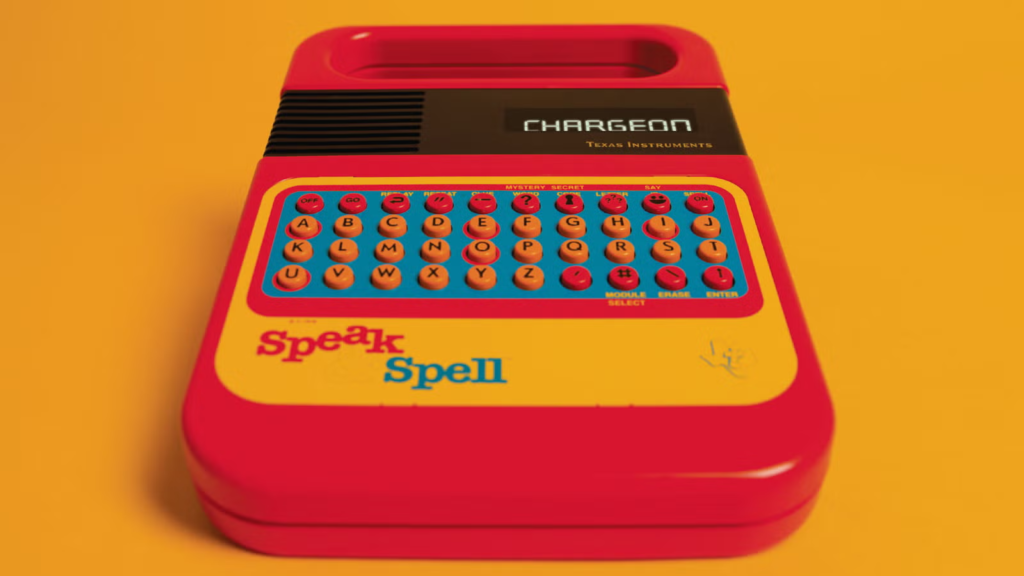
Next up is the Speak & Spell, a device that entertained and educated kids. Launched by Texas Instruments in 1978, this bright red contraption was a staple for many children, serving up spelling practice with a side of futuristic fun. It was one of the first handheld devices to use digital speech synthesis, making it a cool teacher for kids learning to spell.
17. Pet Rocks
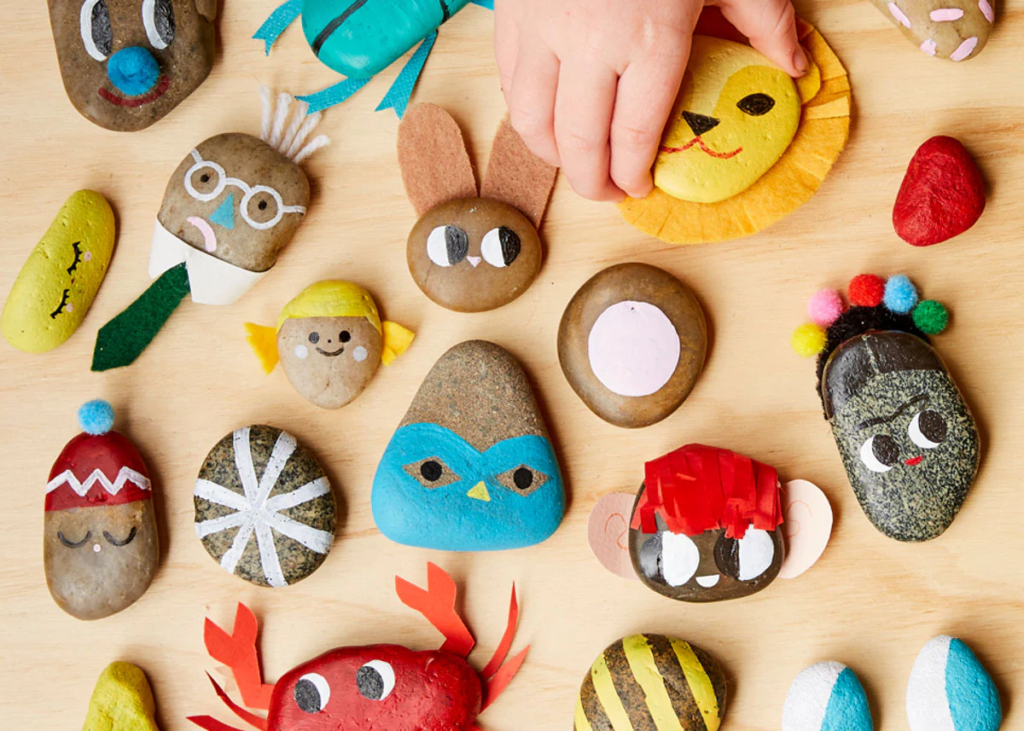
In 1975, Pet Rocks commanded $4.95 with shipping. Creator Gary Dahl sold each specimen in ventilated carriers. Novelty merchandise generated $4.2 million in revenue. This phenomenon established the template for novelty product launches and proved that perfect packaging trumps product substance.
16. Kerplunk
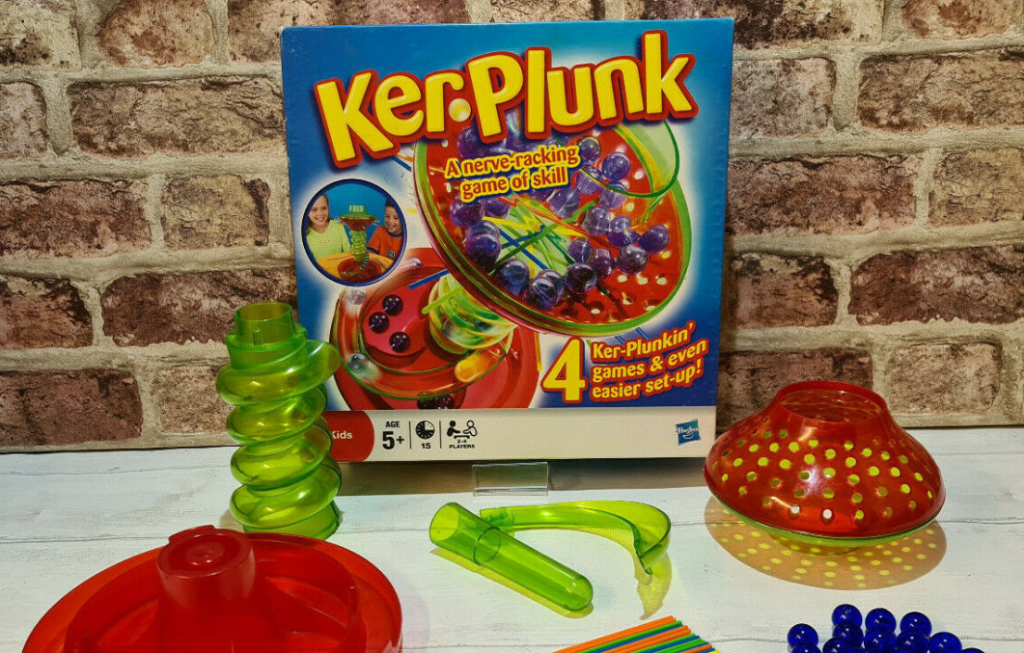
Kerplunk achieved 500,000 unit sales annually by 1974. The design maintained market presence through 1979. Ideal Toy Company production records confirm distribution figures. The game’s tension mechanics influenced decades of family game design and children still discover gravity through falling marbles.
15. Pyramid Power

Pyramid Power publications reached 175,000 copies by 1976. Practitioners followed specific geometric principles. Department stores sold meditation pyramids nationwide. This movement catalyzed mainstream interest in alternative wellness practices.
14. Lemon Twist
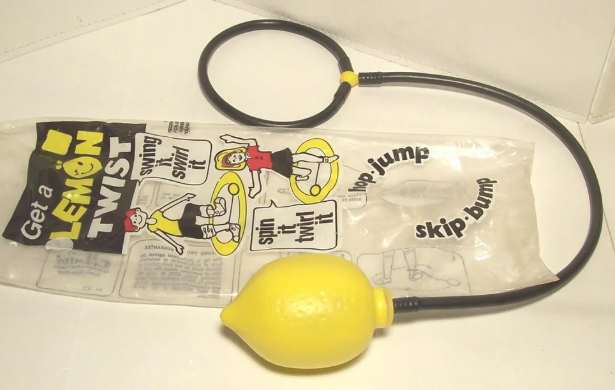
Lemon Twist sales reached 850,000 units in 1977. Physical education programs incorporated supervised play. The design encouraged coordinated movement patterns. This innovation sparked the active gaming movement.
13. Paper Fortune Tellers
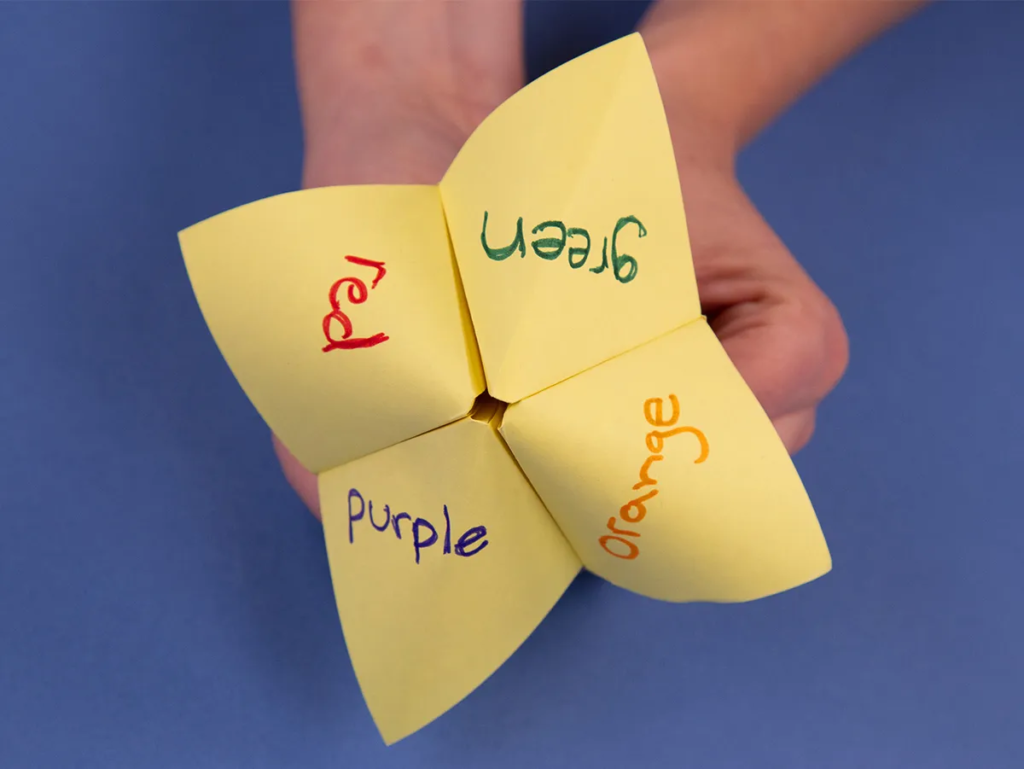
Paper Fortune Tellers originated from 1920s Japanese origami. Elementary schools reported widespread adoption by 1974. The simple design required only single sheet of paper. These social games influenced modern playground culture and playground prophets persist in the smartphone era.
12. 8-Track Tapes
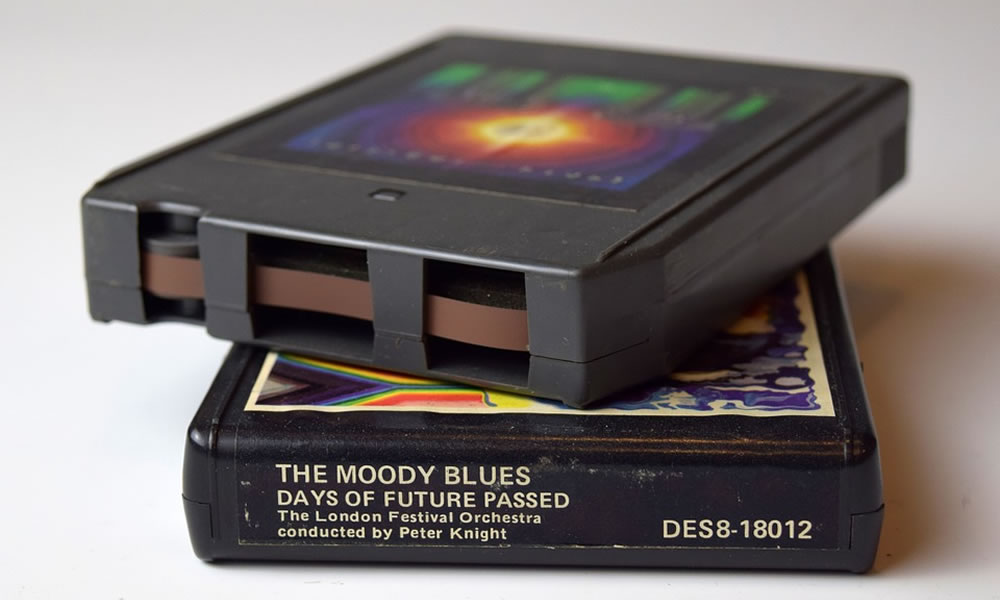
The 8-track format peaked at over 3 million monthly shipments. Detroit automakers installed players as standard equipment. Program technology allowed four stereo selections. This format pioneered mobile entertainment systems and car audio never fully recovered from its midstream interruptions.
11. Lawn Darts
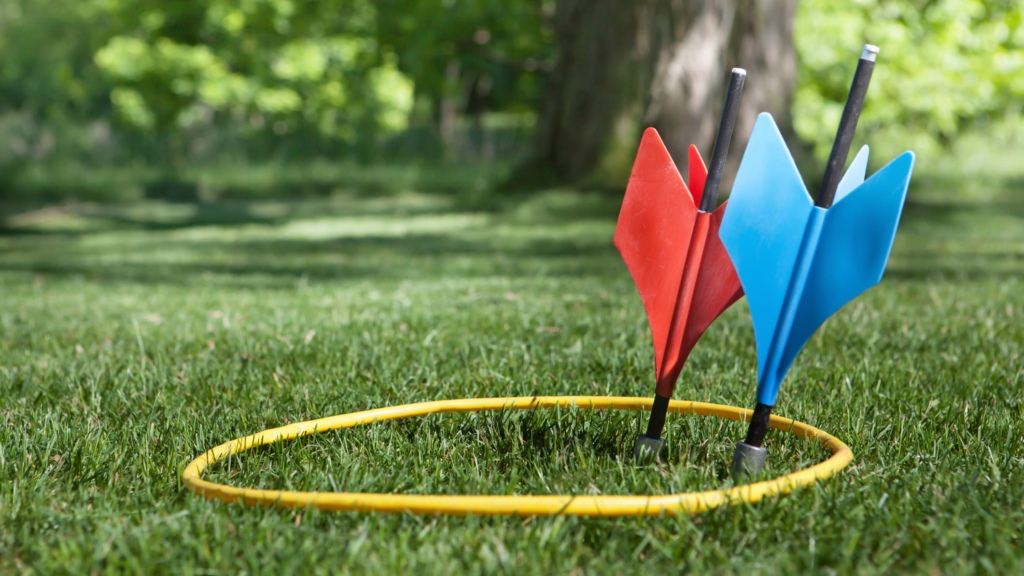
Next, we look at Lawn Darts, a game that brought a competitive twist to backyard gatherings. These heavy metal-tipped darts were designed to be thrown toward a ground target, mixing skill with excitement. However, their pointed tips raised safety concerns, leading to discussions about appropriate settings for play.
In the late 80s, significant changes were made to how lawn darts were marketed, reflecting a growing awareness of safety while preserving the fun of outdoor games.
10. Billy Beer
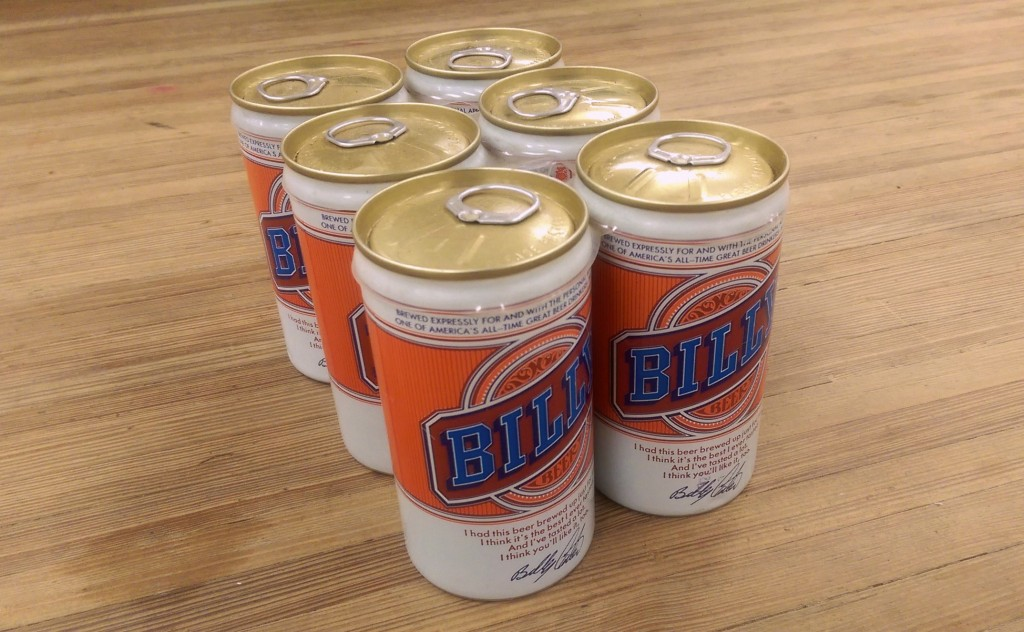
Falls City Brewing launched Billy Beer in October 1977. Initial production reached 2 million cases across seven breweries. The presidential connection sparked collector interest. This campaign redefined celebrity product endorsements.
9. Nerf Ball
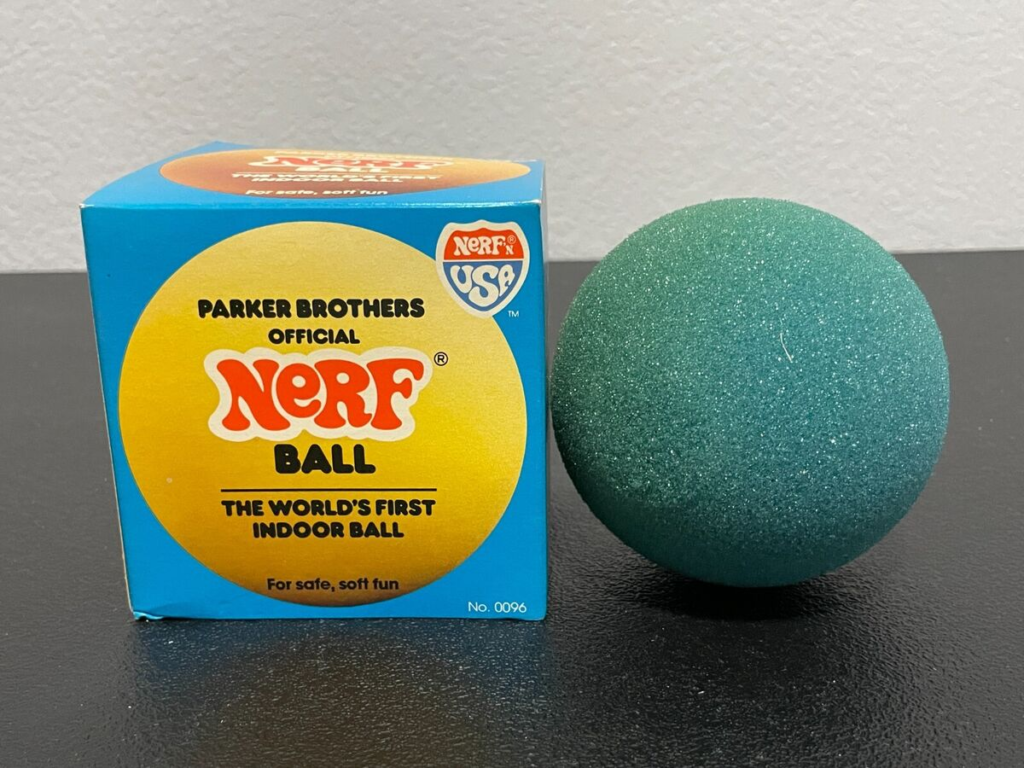
Parker Brothers introduced Nerf in 1970. The foam design allowed for indoor speeds up to 20 mph. First-year sales exceeded 4 million units. This material technology revolutionized indoor sports equipment. Cubicle warriors still wage foam warfare.
8. Water Beds
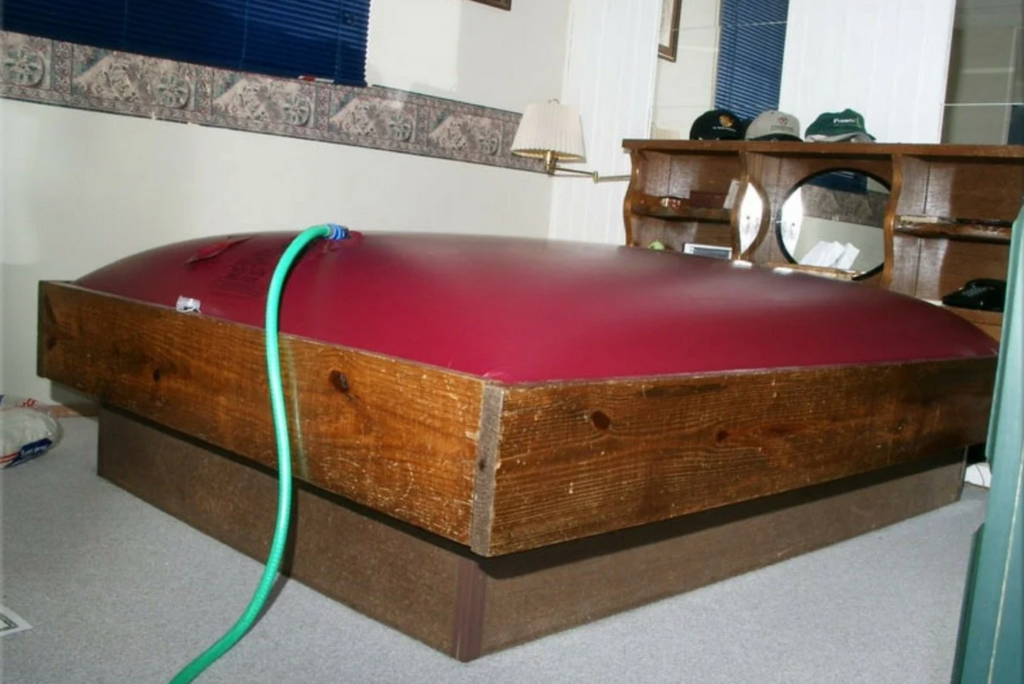
Next, let’s dive into the world of Water Beds. Introduced in 1968, they became a hallmark of modern living during the 70s. Waterbeds captured 22% of mattress sales by 1976. Temperature control systems maintained 92-degree optimal heat. Standard models held 250 gallons of water. College dormitories still ban them by name.
7. Dashboard Hula Girls
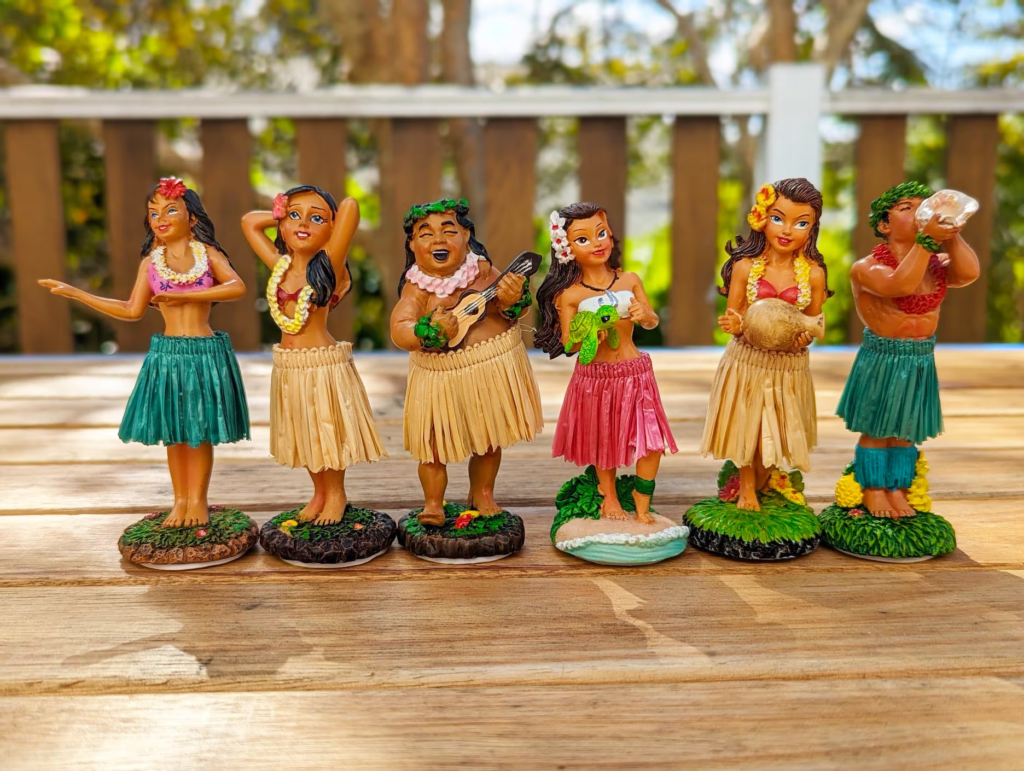
Dashboard Hula Figures achieved peak distribution in 1974. The spring-mounted design created continuous motion response. 1.2 million units sold through automotive suppliers. These figures launched the car personalization trend. Airport gift shops preserve their swaying legacy.
6. Mexican Jumping Beans

Mexican Jumping Beans distribution peaked at 300,000 units monthly. Temperature activation occurred at 82 degrees. Scientific education highlighted larval development. This novelty introduced generations to natural science principles.
5. Biorhythms

Professional sports teams utilized mainframe analysis in 1976. Teams tracked 23-day physical and 28-day emotional cycles. Professional sports teams utilized mainframe analysis in 1976. Teams tracked 23-day physical and 28-day emotional cycles. The Cowboys implemented IBM system tracking. These methods pioneered modern sports analytics.
4. Cork Pop Guns
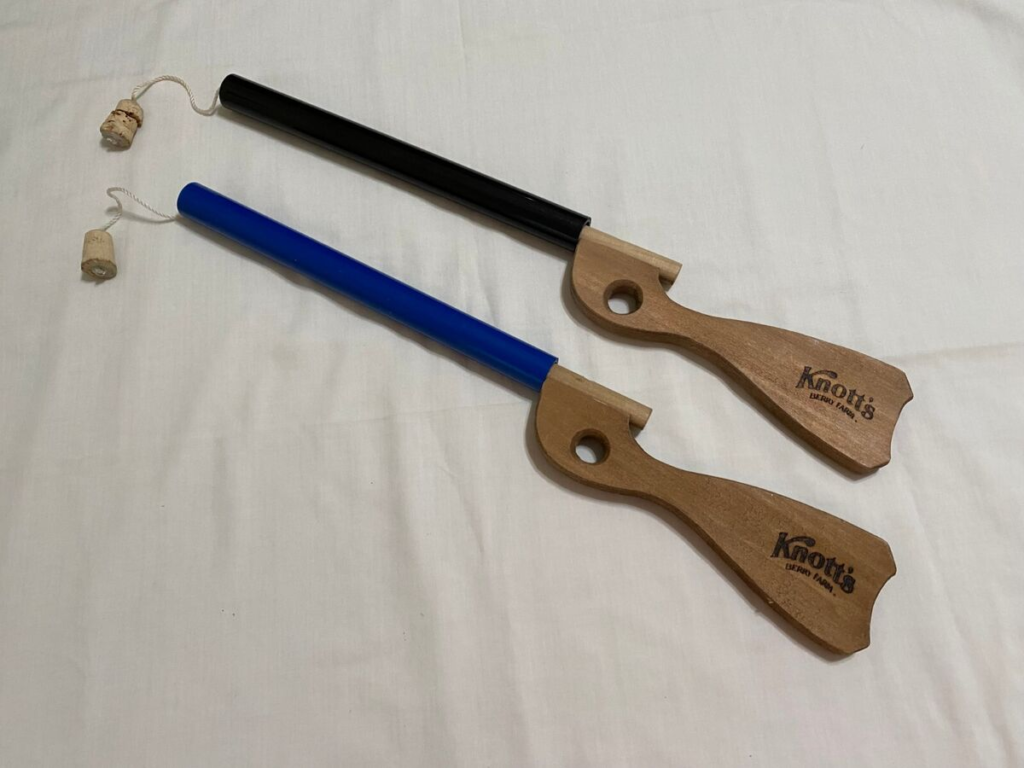
Next, let’s pull the trigger on memories of Cork Pop Guns. These toys offered excitement with every pull of the trigger, providing a satisfying pop without any real danger. Cork Pop Guns maintained 10% market share through 1975. Safety testing confirmed appropriate velocity ranges. Manufacturing met consumer protection guidelines. Their distinctive sound echoes in toy collectors’ memories.
3. Tang
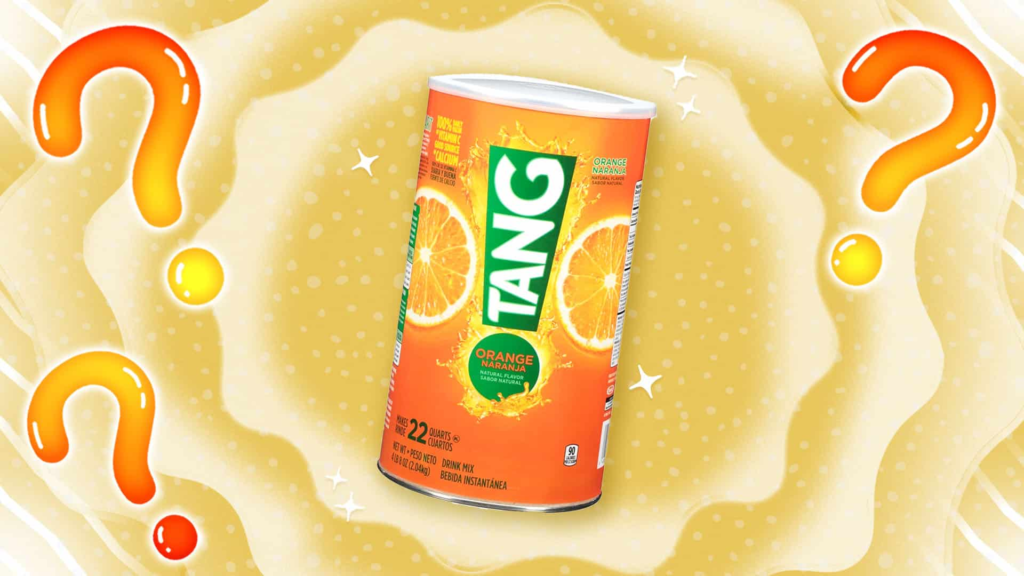
Finally, let’s stir up some nostalgia with Tang, the vibrant orange drink that became synonymous with astronauts. First appearing in the late 50s, it soared in popularity when NASA adopted it for the Gemini missions. Tang reached market dominance in 1970. NASA utilized the drink mix on Mercury through Apollo missions. The formula delivered 100% daily vitamin C requirement. This innovation launched the instant drink industry
2. Sea Monkeys
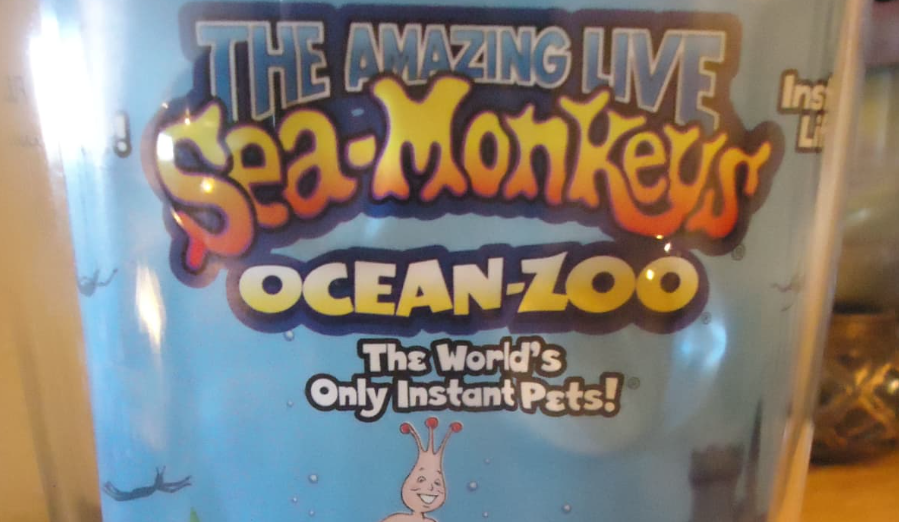
Last but not least, we revisit Sea Monkeys, the enchanting underwater pets that captivated imaginations. Sold as instant life, these tiny brine shrimp offered a glimpse into an aquatic ballet right in your living room. Sea Monkeys achieved 2.5 million kit sales annually. Brine shrimp survived in controlled environments. Comic book advertising reached 85 publications monthly. The kits pioneered mass-market home aquaculture.
1. Simon Says
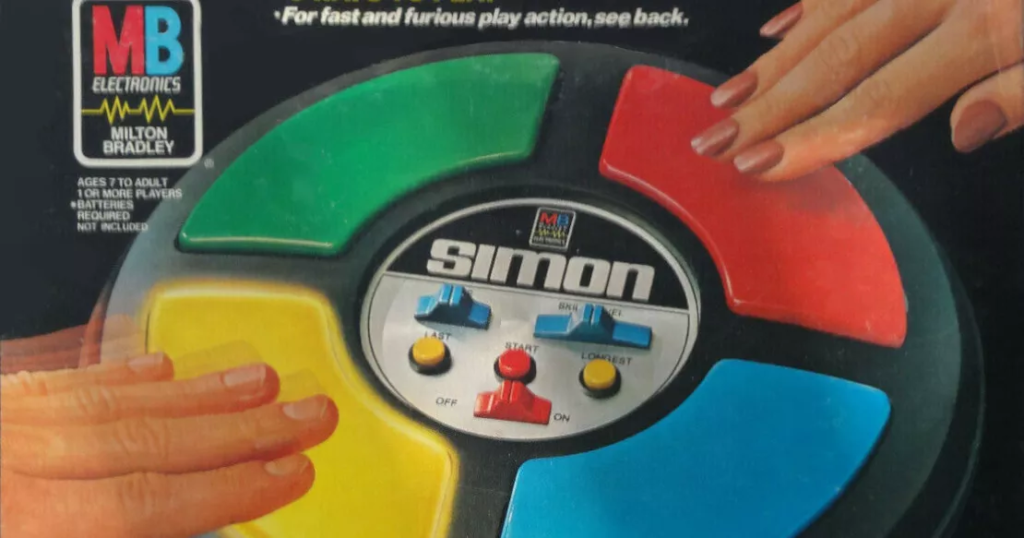
To wrap up our journey through the 70s fads, let’s illuminate the memory-testing marvel known as Simon. This electronic game challenged users to recall increasingly complex sequences, turning memory drills into hypnotic fun. Milton Bradley’s Simon revolutionized gaming in 1978. The device challenged players with sequences up to 16 steps. First-year sales reached 3 million units. Four colors still challenge human memory limitations.













